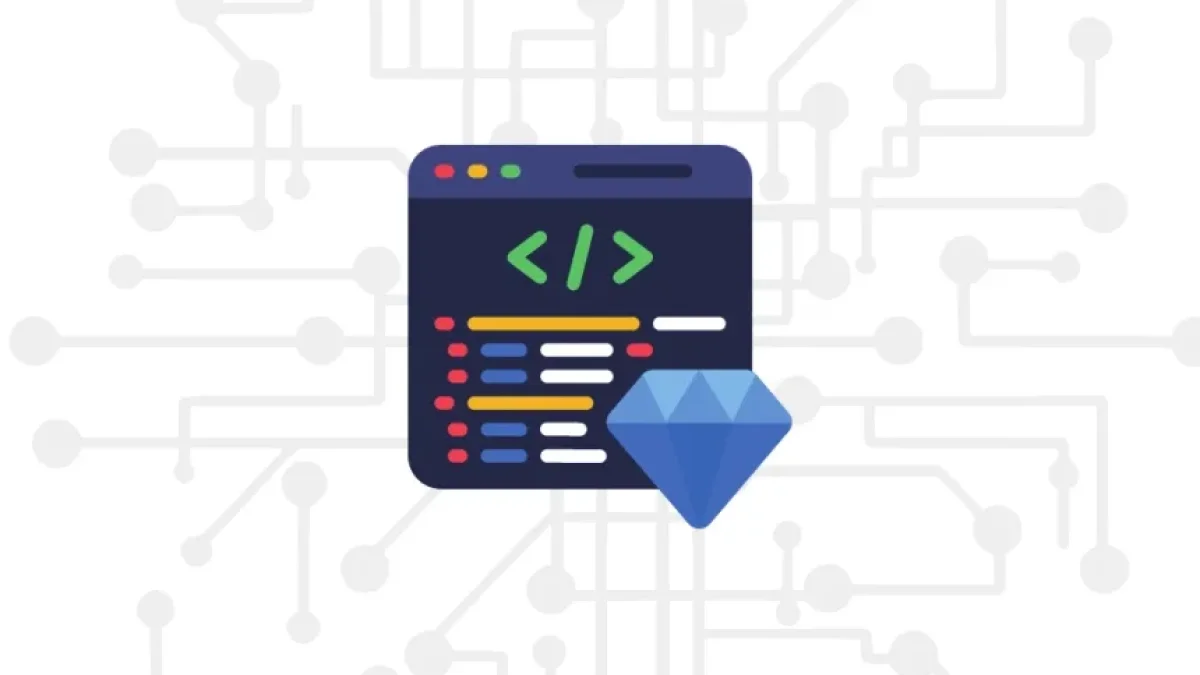How to Make Your Code More Scalable


Code scalability is one of the most important aspects of software development. As a project grows, maintaining clean and scalable code becomes essential to ensure optimal performance and quick adaptation to future changes. In this article, we will explore various strategies to make your code more scalable, ensuring it is optimized for both growth and maintenance.
What Does "Scalable Code" Mean?
The term "scalable code" refers to the ability of the code to handle an increase in workload without requiring significant changes to its structure or logic. This means that the code can be expanded or modified without compromising its performance or stability.
Importance of Scalability
- Maintenance: Scalable code is easier to maintain and update.
- Performance: It allows the software to handle more users or data without degrading performance.
- Adaptation: It facilitates the integration of new functions and features as business needs change.
Strategies to Make Your Code More Scalable
Here are some strategies and best practices to create more scalable code.
1. Use Software Design Principles
SOLID
Read also
The SOLID principles are a set of five design principles that can help you create cleaner and more scalable code:
- S: Single Responsibility Principle.
- O: Open/Closed Principle.
- L: Liskov Substitution Principle.
- I: Interface Segregation Principle.
- D: Dependency Inversion Principle.
DRY and KISS
- DRY (Don't Repeat Yourself): Reduces code duplication for easier maintenance.
- KISS (Keep It Simple, Stupid): Keep your code simple and straightforward to facilitate understanding.
2. Implement Design Patterns
Design patterns are general solutions to common problems in software development. Some of the most useful patterns for scalability include:
Read also
- Singleton Pattern: Ensures that a class has only one instance and provides a global access point to it.
- Observer Pattern: Allows an object to notify other objects of changes, facilitating communication between them.
- Strategy Pattern: Allows selecting an algorithm at runtime.
3. Modularize Your Code
Modularization involves breaking your code into independent components that can be developed, tested, and deployed in isolation. This not only improves scalability but also maintainability and code reuse.
Advantages of Modularization
- Testability: Modules can be tested independently.
- Reusability: Modules can be reused in other projects.
- Collaboration: Different teams can work on different modules simultaneously.
4. Use Scalable Databases
The type of database you use can significantly impact the scalability of your application. Be sure to choose a database that can grow with your application.
Scalable Database Options
- NoSQL Databases: Such as MongoDB or Cassandra, which are highly scalable and suitable for unstructured data.
- Cloud Databases: Services like Amazon RDS or Google Cloud SQL that allow for easy scalability.
5. Leverage Microservices Architecture
Microservices architecture is a way of building applications as a collection of small, independent services. Each microservice is responsible for a specific functionality and can be developed, tested, and deployed independently.
Benefits of Microservices Architecture
- Scalability: Allows for individual services to be scaled as needed.
- Agile Development: Facilitates the implementation of new features without affecting the entire system.
- Resilience: A failure in one service does not impact the entire application.
6. Monitoring and Optimization
Scalability not only involves building well-structured code; it also requires continuous monitoring and optimizations:
Monitoring Tools
- Prometheus: For real-time application monitoring.
- Grafana: For creating visualizations of your data.
Common Optimizations
- Data Caching: Reduces repetitive database queries using tools like Redis.
- Load Balancing: Distributes traffic among different servers to avoid bottlenecks.
Conclusion
Making your code more scalable is an ongoing process that requires careful planning and the adoption of good development practices. By implementing design principles, design patterns, modularization, scalable databases, microservices, and constant monitoring, you can ensure code that is not only capable of handling growth but also easy to maintain and evolve over time. Remember that scalability is not just about increasing capacity, but also about maintaining quality as your application grows.
By following these practices, you'll be better prepared for the challenges of future development and ensure the long-term success of your software projects.



















